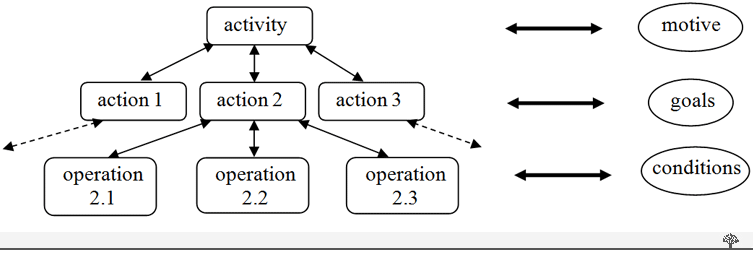I. Students present EX2: Living with data
auto-ethnography method
1. How do we live with data?
2. How do we perceive (feel) the data we live with?
3. What is the form of data to live with?
4. How are the correlation of different data?
References:
Data Epics: Embarking on Literary Journeys of Home Internet of Things Data
II. revisit "calm technology" and "back to the real world"
Mark Weiser, Designing Calm Technology
calm technology/ambient intelligence/ambient awareness
Questions:
1. Data and attention issues. Which data should get into our attention? in what form?
2. How to design calmer experience ?
3. How does "locatedness" play a role? What is spatial intelligence (in problem solving like disassembling and assembling a bike)?
4. Where, How, are data displayed? Digital or Tangible? Raw data, classified data, computed data, or AI processed data?
III. team-building and group discussion of final project

